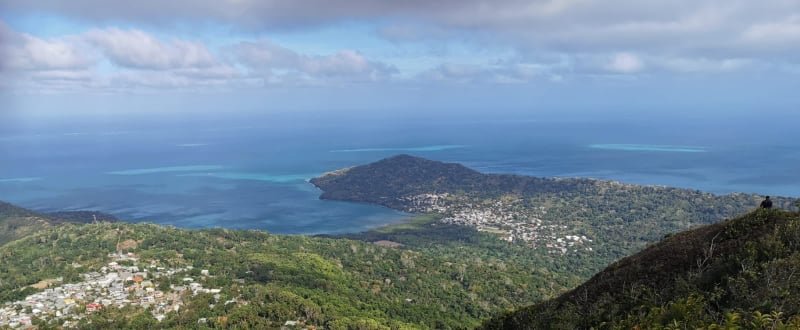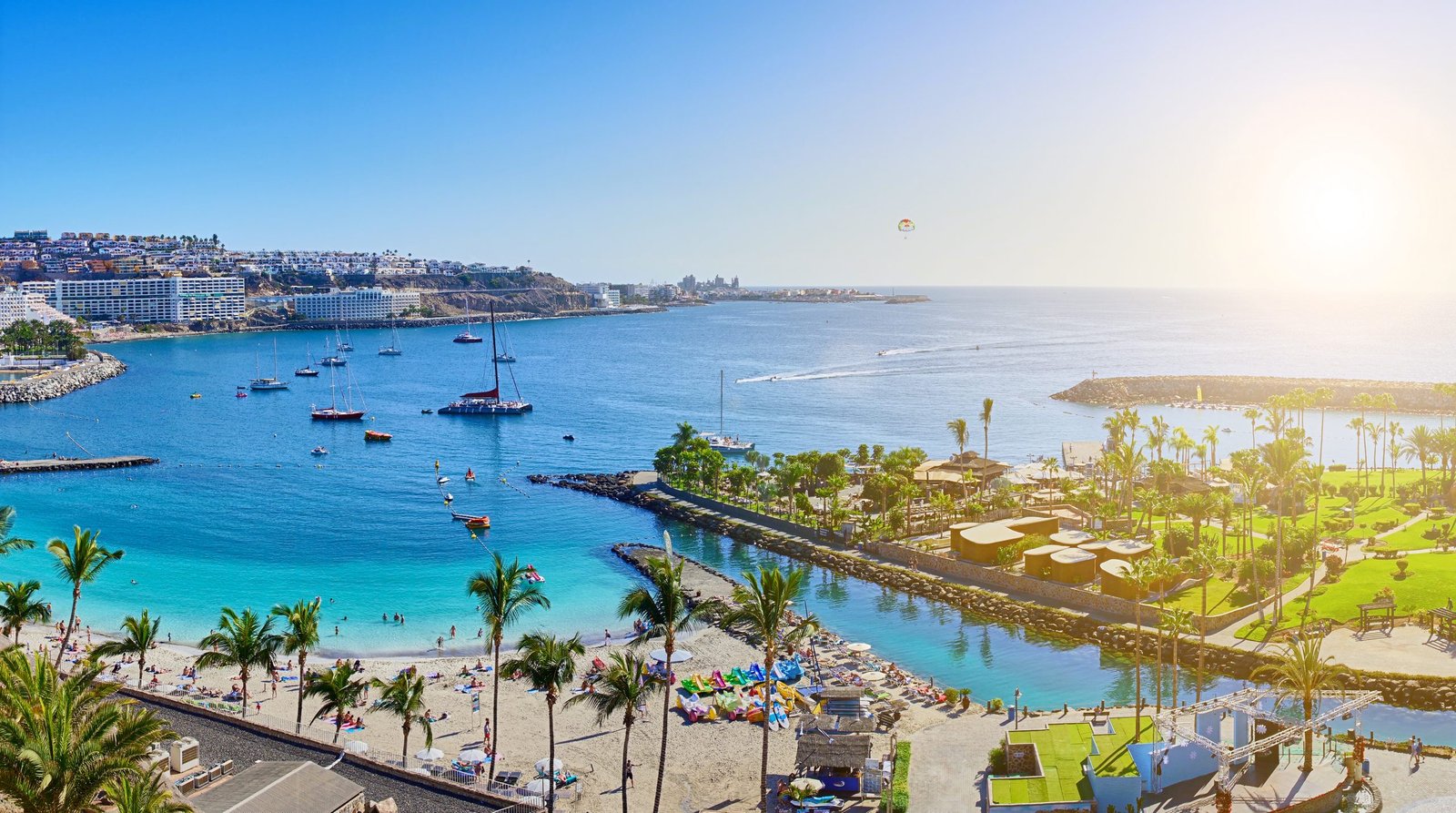Islands Involved
MAYOTTE, AN IDEAL DEMONSTRATION ISLAND
Mayotte is a French overseas territory situated in the Indian Ocean near Madagascar and the coast of Mozambique. It is composed of two main islands, Petite Terre and Grande Terre, and is locally administrated by the elected Departmental Council.

The electricity distribution on the island is managed by Electricité de Mayotte (EDM), who is in a situation of monopole. There is no electricity transport system. 95% of the electricity production comes from Diesel generators, and the remaining 5% come from recently installed RE plants, mainly solar (18MW with a 4% annual growing rate). The potential for PV development is high as opposed to wind, because the wind deposit is very low, and not workable with the actual wind power technologies. Land availability is one of the main limits for large-scale expansion of solar PV plants. As for the grid, it is not conforming to European standards and illegal connection is a severe issue. All this results in very high electricity prices and a very polluting energy sector.
Regarding the transport system, which is the primary source of GHG emissions on the territory, it is almost exclusively based on thermal vehicles although the first slow EV charging stations has recently been installed, and only a car dealership offers electric vehicles. However, given the size of the island, the electric vehicles, if they are recharged with non-carbonized electricity, provide significant reductions in CO2 emissions and air pollutants.
All these elements make Mayotte the perfect demonstration site for MAESHA. The territory needs an energy transition to tackle the high energy prices and the very emitting production sector, and there is a strong local political will to boot this transition as shown by the involvement of EDM in MAESHA and the relations established with the local government. There is also an important potential for RE penetration although the grid and more globally the energy sector, needs to be properly shaped to welcome these changes. Through its variety of local needs and situation, Mayotte is the adequate laboratory to test all the flexibility solutions that this project provides.
A high potential for improvement
The electricity distribution on the island is managed by Electricité de Mayotte (EDM)
of the electricity production comes from Diesel generators
are abundant renewable resources yet currently exploited in a limited ways
of the GHG emissions are due to the transportation sector, very few electric vehicles being deployed
Was the electricity cost in 2018, almost 4 times higher than in mainland
Replication Sites
FIVE FOLLOWING ISLANDS TO STUDY THEIR REPLICABILITY POTENTIAL
As MAESHA proposes a large range of different solutions that apply on different features from the territory, it can be replicated in a lot of environments and different contexts (focused on European islands). The different parts can be considered as bricks that can very well function together but also alone or only partially combined.
Partners will perform replicability studies on its five follower islands. The objective is not to physically install the technologies of MAESHA on the islands, but to conduct the necessary studies to assess their potential and determine the optimal energy transition road for these territories. Four main actions will be performed on each follower island:
- Evaluation of the needs of the energy sector in the long term (10, 30 to 50 years) as a start to shaping its future.
- Identification of the potential for renewable energy systems development and their integration in the global energy system (electricity, heat and if possible, water and transports).
- Modelling of the energy sector on the island and simulations to test the integration of new systems.
- Recommendations on the developments that could be made, and elaboration of an Energy Action Plan.

St Barth
St Barth is a French overseas territory located in the Caribbean Sea among the lesser Antilles of 21 km² that counts 10,000 inhabitants.
As its total population has quadrupled in forty years, it is necessary to reorientate the territory towards a more virtuous and sustainable development model to increase its resilience.
| Needs | ||
|---|---|---|
| Clean, locally produced and economically competitive energy supported by a smart power grid | Modernized and efficient Drinking Water Supply system and resource use efficiency | Sustainable, emissions-free and noise-free mobility with electric vehicles and their charging infrastructure |
Gran Canaria
Gran Canaria, province of Las Palmas in the Canary Islands, belongs to the autonomous community of Canarias in Spain and located in the North Atlantic Ocean. About 860,000 inhabitants are living on this 1560 km² territory which electric grid is mainly supplied by fossil fuels (only 13.5% of renewable energies).
| Objectives | Potential |
|---|---|
| Enhance the renewable energy systems on its territory | Wind & Solar |


Favignana
Favignana is an island of 19.8km² and 5,000 inhabitants located on the west coast of Sicily, in Italy. Favignana’s stand-alone energy system strongly depends on fossil fuels, among which marine transportation sector weighs for 2/3 of the whole end-use energy due to numerous daily travels with mainland.
| Needs | |
|---|---|
| Manage the strong seasonal feature of all the island needs, including energy (consumption 3 times higher in summer than in winter) | Decrease the strong dependence to fossil fuels in all sectors |
La Reunion
La Réunion is a French overseas territory of 2 512 km² welcoming 870,000 inhabitants in the Indian Ocean. The relative geographical proximity with Mayotte, climate similarities and links between these two French territories are a great opportunity to study how the tools and solutions for Mayotte could be replicated.
Even though renewable energies (mostly hydropower, biomass and solar) aleady amount more than 30% of the electricity production, the electricity power mix of the island still relies widely on coal and oil-based fuels.
Image credits: Mafate, Commons Wikimédia, CC BY-SA 3.0
| Objectives | Potential |
|---|---|
| Phase out fossil fuels and reach 99% of RES penetration in the electricity mix in 2028 | Solar, biomass, wind, hydro |


Gozo
| Needs | |
|---|---|
| Reduce the share of fossil fuels in its energy mix, especially the residual heavy oil-fueled contribution | Enhance the end-use of photovoltaics on Gozo with a more RES oriented grid |
Madeira
Madeira, officially known as the Autonomous Region of Madeira, is a densely populated archipelago located 1,000 km away from Portugal in the North Atlantic Ocean. It welcomes more than 250,000 inhabitants in an area of 801 km².
Isolated from continental electricity grid but benefitting of a network between the islands of the archipelago, Madeira is powered by 28% renewable electricity (wind, hydro then solar) completed with 50% oil and 22% gas based supply.
Image credits: Funchal, Bengt Nyman — Flickr: DSC_3405, CC BY 2.0, Wikipedia
| Objectives | Potential | |
|---|---|---|
| 2030 | 55% of renewable energy sources (RES) penetration in the electricity mix | 18% of renewables in primary energy mix | Wind and Solar energies |
| 2050 | 95% of renewable energy sources (RES) penetration in the electricity mix | 60% of renewables in primary energy mix | Sustainable mobility, circularity, etc. |

